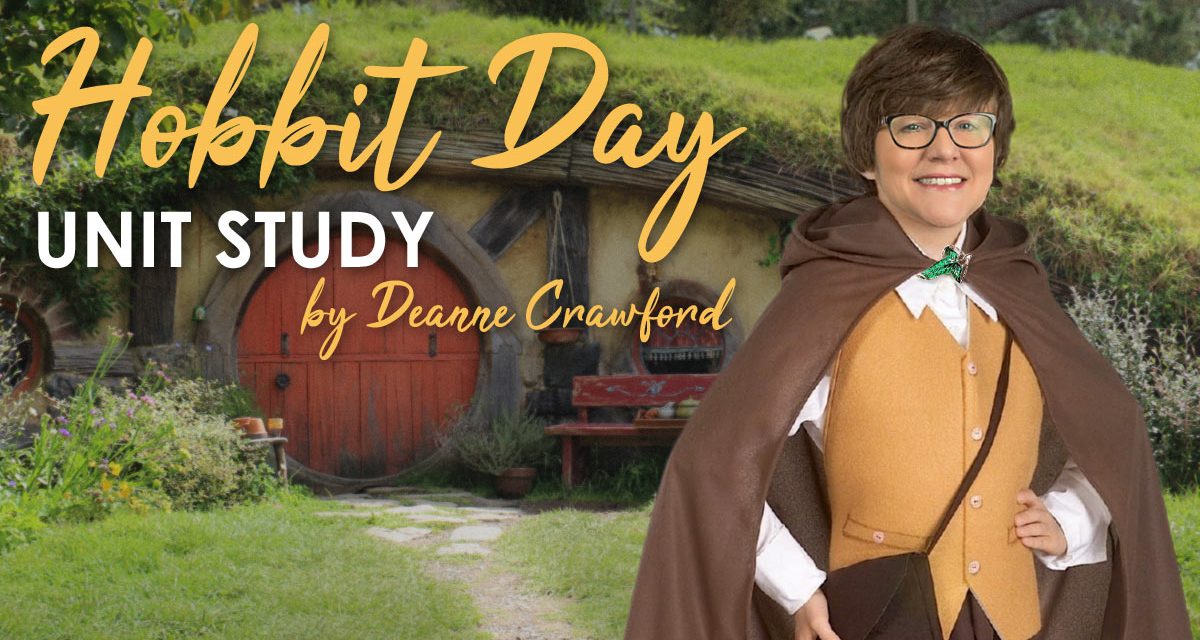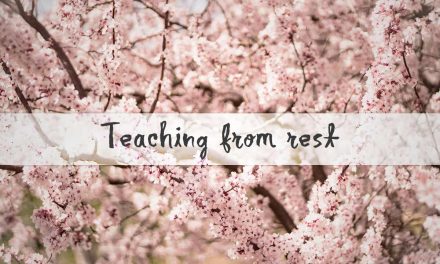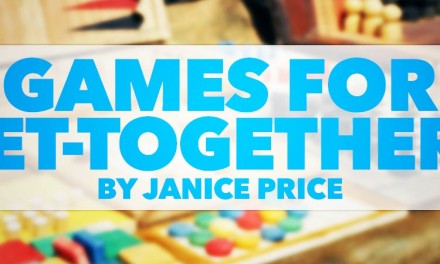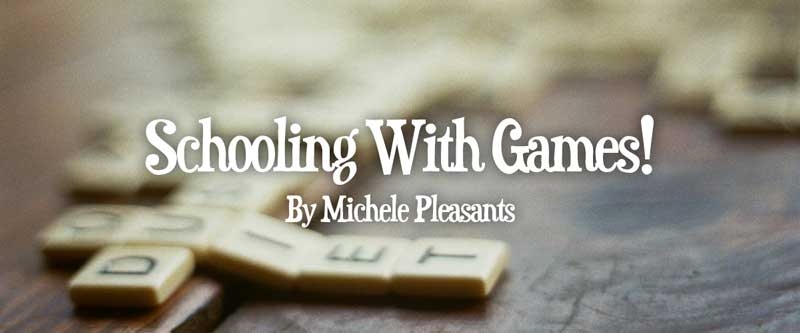Celebrating the birthday of hobbits Bilbo and Frodo Baggins, Hobbit Day is celebrated across the world on September 22nd. Considered the ideal holiday, Hobbit Day incorporates the best elements of other holidays including the masquerade fun of Halloween, the feast of Thanksgiving, the gift giving of Christmas and birthdays, and the food and outdoor fun of Labor Day and Memorial Day. Join us to explore hobbits in our September Unit Study! As you read through this study, you will notice underlined words–these are hyperlinks to child-friendly videos and articles to inspire learning. As always, supervised online time is recommended.
Who are these two renowned hobbits that have an entire day dedicated to them? Fictional characters from The Hobbit and The Lord of the Rings, Bilbo and Frodo are “his first and second cousin once removed either way”, but they oft spoke of each other as uncle and nephew. Readers are introduced to the cousins in The Fellowship of the Ring, the first volume of The Lord of the Rings, which begins with Bilbo’s “eleventy-first” (111th) birthday, a birthday shared by Frodo, who celebrates his 33rd birthday on the same day. Fun Fact: The International Astronomical Union utilized characters from Tolkien’s writings to name hills on Saturn, including Bilbo Colles!
Written over the course of several years (1929-1936), The Hobbit was originally a story JRR Tolkien told his children. A fascinating fantasy novel written in third person omniscient narrative, its popularity has expanded beyond books into movies and merchandise. Introduce children to the genre of fantasy fiction and the literature term of point of view (POV). Want to go deeper into POV? Literacy Ideas for Teacher and Student is an excellent teaching tool to help you understand point of view. The third-person omniscient point of view is a writing method in which the narrator knows the thoughts and feelings of all the story characters. Challenge older students to write a story in third person omniscent. Scribophile Academy offers great teaching information. Novel Writing Help offers excellent direction for this exercise. Themes, characters, tone, vocabulary and so many language arts aspects can be explored! The Tolkien Society offers a valuable Education Pack to guide your journey.
Set in the Middle Earth this land of humans is located between heaven and the underworld. It has been purported that Tolkien based his Middle Earth on Norse mythology. The events of Middle Earth occurred in a distant or mythic time before history as we know it. If you have a copy of the Hobbit, explore Thror’s map with your children. Found in book’s front, this map is similar to medieval maps that showed important places and things using pictures. As you study the map, pay careful attention to the compass and the writing. What do you notice? Tolkien adapts a form of writing common across Northern Europe in the early Middle Ages: runes. Runes were developed to write short messages on wood, bone or antler, and reflected local dialects. Learn more about Tolkien’s use of runes here. Hand drawn by the author, Thror’s map of the geography of Middle-Earth well captures the setting and provides story hints. If your children are familiar with the story, ask them to identify these clues. Want to explore the lands of Middle Earth? Check out this interactive map.
Travels in Middle Earth create great hunger in hobbits and it is well known that they enjoy six meals per day: breakfast, second breakfast (elevenses), lunch, afternoon tea, and dinner (or supper) and the late-night snack. This atypical eating pattern may be due to Tolkien’s belief that, “If more of us valued food and cheer and song above hoarded gold, it would be a merrier world.” True fans of the book will note the movie added a second supper for a total of seven daily feasts. This multiple feasting may provide an excellent opportunity to introduce new foods to even picky eaters. After all who doesn’t want to eat like a hobbit? Favored delicacies include mushrooms, grape juice, hot soup, cold meats, blackberry tarts and berries, carrots, potatoes, corn, turnips, pickles, butter, cheese and of course, the coveted elven-made lembas bread. Bon Appetit’s What Hobbits Like to Eat offers great background information and recipes. Also explore Middle Earth recipes at the LOTR Scrapbook, and make the Elven Lembas. The more authentic, the better! Need a back-to-school fun day? Graze hobbit style while enjoying a Lord of the Rings movie marathon! Crafty families may want to create hobbit hole with cardboard boxes and duct tape, hobbit capes, and hobbit feet by gluing fake fur to flip flops or socks.
As we conclude our study, let’s take a moment to go deeper with our older children and teens by looking at World War 1 or the videos: Epic History WW 1 video or History Bomb WW 1. This war is often neglected in history studies as it pales in comparison to the tragedies of WW 2, but it was heinous to the men and women impacted. It is speculated that J.R.R. Tolkien’s inspiration for the Lord of the Rings series came partially from his experiences in World War 1. According to the Tolkien’s Middle-Earth lesson plans for Secondary Teachers, “The bulk of The Lord of the Rings was composed during World War Two by a writer who’d fought in World War One. While the book is not a war novel in the sense that Remarque’s All Quiet on the Western Front or Hemingway’s A Farewell to Arms are war novels, some critics have argued that we cannot fully comprehend Tolkien’s masterpiece without considering the violent historical events that touched his life.” A summary of his military experience is here where we learn he suffered at the Battle of Somme. Ask your teens to share the impact these experiences may have had on Tolkien’s writings. Can they provide specifics from the book(s) or movie?
Thank you for joining our hobbit journey today. It has been my intent to inspire you and your children to take an adventure into the lands and topics you love. To quote Tolkien, “Don’t adventures ever have an end? I suppose not. Someone else always has to carry on the story.”
~Deanne





